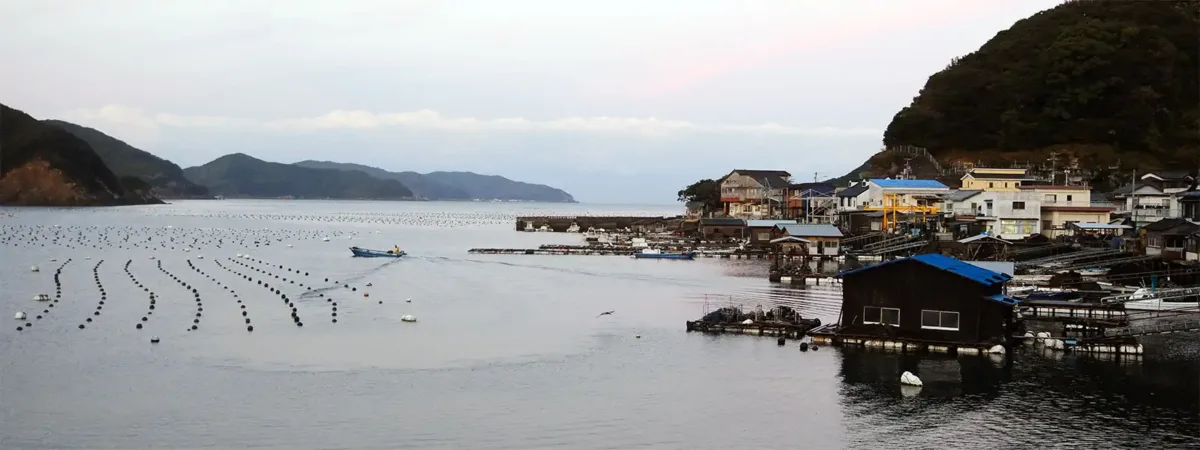

8
# Days

632
# Kilo-
meters
meters

5912
# Altitude
Difference
Difference

1
# Bike
Defects
Defects

8
# Night in
the Tent
the Tent

8
# Days without
Shower
Shower

4
# Days with
>50% Sunshine
>50% Sunshine

0.84
# kg
Chocolate
Chocolate










































